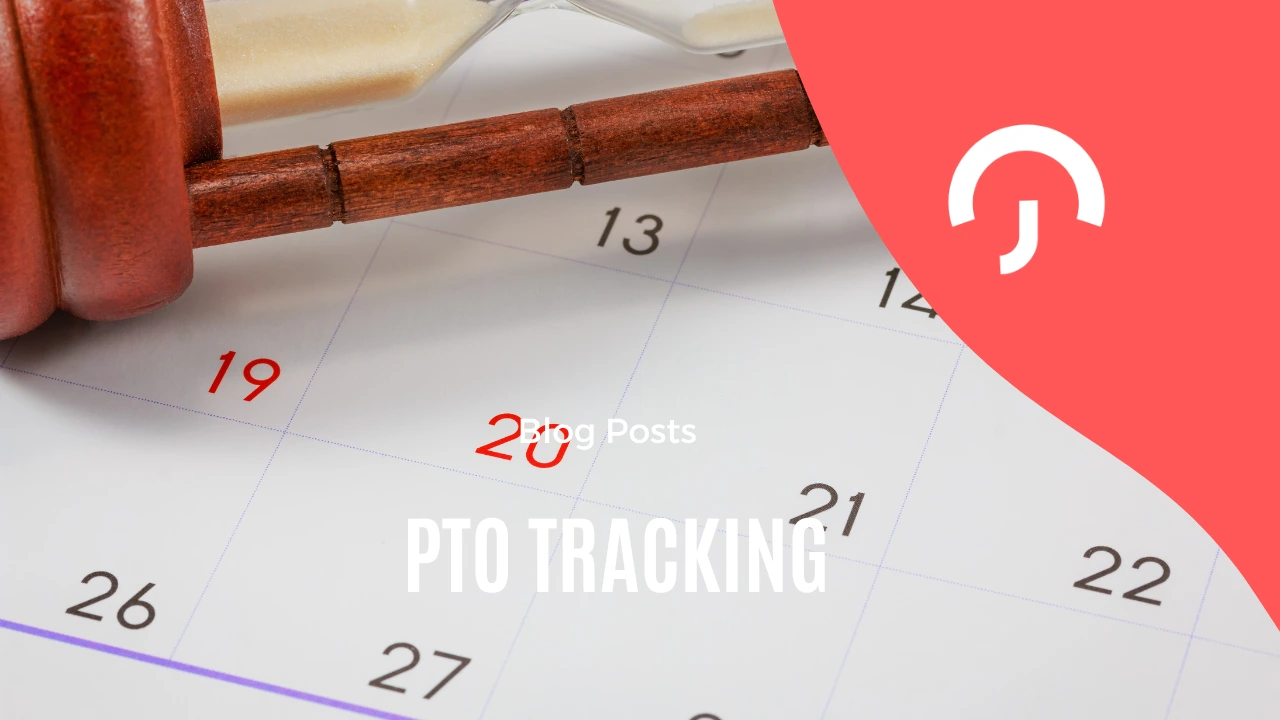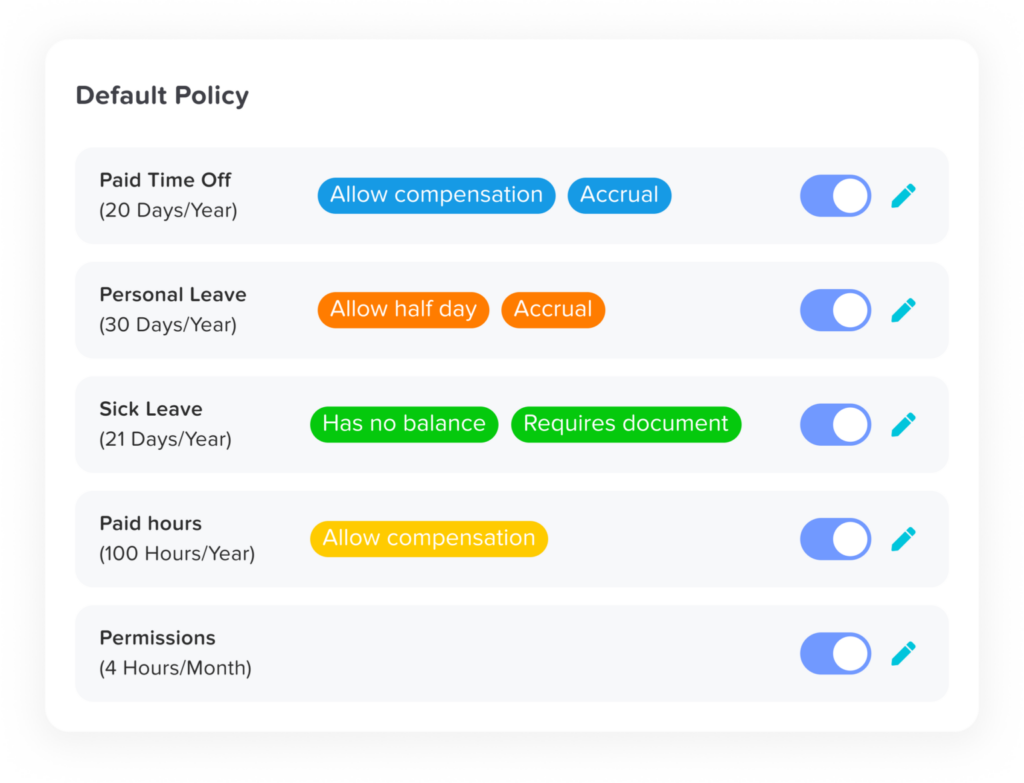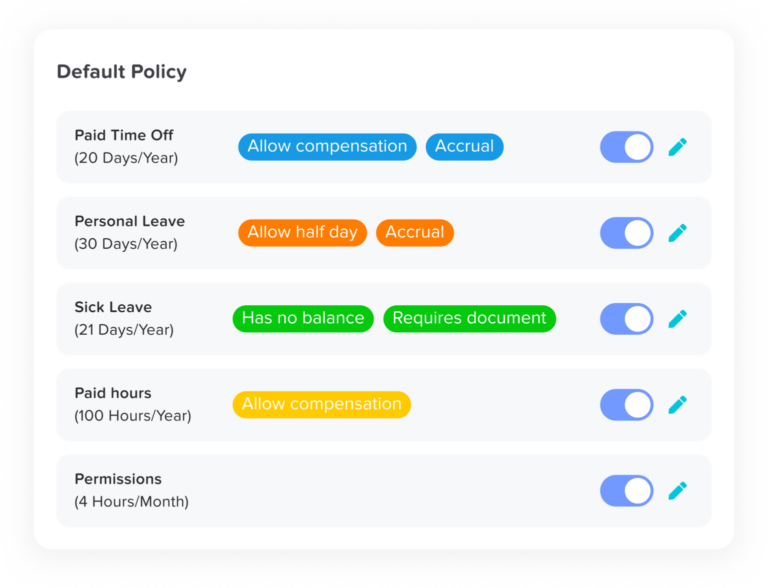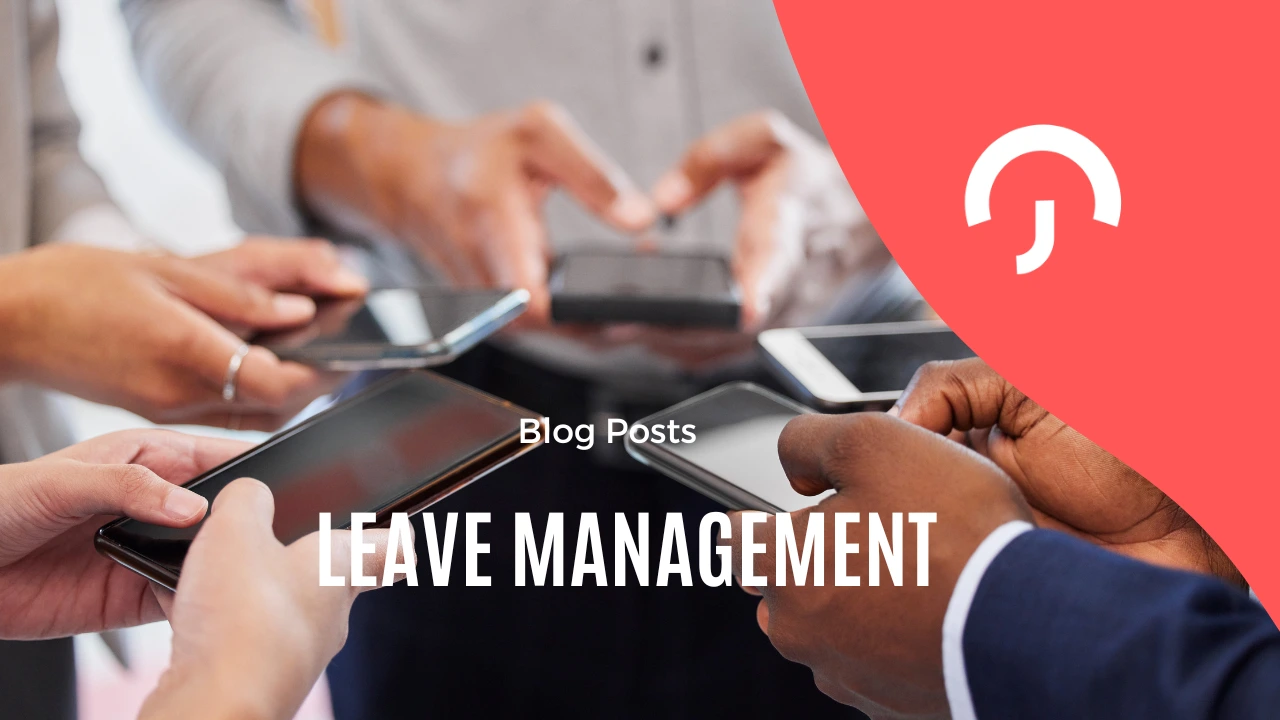Starting a new job is a critical moment for both the employer and the employee. While a solid hiring process lays the groundwork, it’s the first few months of actual work that truly reveal whether a candidate is the right fit. That’s why companies across industries use a probation period: a structured timeframe designed to assess, support, and confirm new hires in a real-world setting.
This guide provides a comprehensive overview of what a probation period is, its benefits, how to manage it properly, and key best practices for employers to follow.
What Is a Probation Period?
A probation period is a predefined duration at the beginning of an employee’s employment, during which the employer evaluates the new hire’s suitability for the role. Typically lasting between one and six months, this phase acts as a trial window to determine if the employee can meet expectations, adapt to the company’s culture, and contribute positively to the team.
However, this period is not just a performance test for the employee. It also offers the new hire an opportunity to experience the work environment, assess if the company culture aligns with their values, and decide whether the job meets their professional goals. When managed well, a probation period becomes a two-way engagement that fosters better long-term retention.
Why Do Companies Use a Probation Period?
Performance Evaluation
A probation period allows the employer to observe how the employee translates their resume into actual performance. While interviews and assessments give a preview, only real-world tasks show how the employee manages responsibilities under pressure, solves problems, collaborates with others, and adapts to daily operations. Employers can monitor whether the individual meets deadlines, communicates effectively, and adds value in their role.
Cultural and Team Fit
Beyond skills, attitude and adaptability are key indicators of long-term success. Does the employee respect company values? Are they open to feedback? Do they interact well with the team? A probation period provides time to assess soft skills like emotional intelligence, teamwork, and initiative all of which contribute to healthy company culture and employee harmony.
Reduced Hiring Risk
Hiring mistakes can be expensive not just in terms of salary, but also in training time, lost productivity, and potential damage to team morale. The probation period provides a safeguard by offering a clear exit path before a full employment commitment is made. It allows for early detection of red flags without the long-term implications of termination after confirmation.
Time for Development and Training
Many new hires don’t hit peak performance immediately, and that’s okay. The probation period gives managers the chance to support the employee’s development through training, feedback, and mentoring. With the right guidance, a promising candidate can overcome early challenges and thrive.
How Long Should a Probation Period Be?
The ideal length of a probation period depends on the nature of the role, the complexity of tasks involved, and the industry standard. Common durations include:
1 to 3 months for junior or entry-level positions where ramp-up time is relatively short.
3 to 6 months for mid-level or technical roles where both performance and collaboration need to be evaluated over a longer timeframe.
6+ months for senior, leadership, or specialized roles where strategic thinking and long-term planning are critical.
It’s also common to extend the probation period if the employee shows potential but needs more time to meet expectations. Extensions should be based on objective feedback, with written documentation explaining the decision and setting clear next steps.
What Happens at the End of the Probation Period?
At the conclusion of the probation period, the employer typically has three options:
Confirmation of Employment
If the employee meets or exceeds expectations, they are formally confirmed in their role. This often comes with access to full benefits, an updated contract, and eligibility for promotions or bonuses. A confirmation letter should document this transition.
Extension of Probation
If the employee shows promise but hasn’t fully met expectations perhaps due to inconsistent performance, limited experience, or incomplete onboarding some companies opt to extend the probation. This extension must be handled with care. Clearly define the reason, specify the new duration (often 1 to 3 months), and provide goals the employee must meet during this time.
Termination
If the employee fails to meet the standards despite support and feedback, the company may end the employment relationship. While this is often easier during probation due to simplified legal requirements, it should still be handled respectfully, with documented evidence and compliance with local labor laws.
What Should Be Included in a Probation Period Policy?
A clear, consistent probation policy helps set expectations and protects both employer and employee from misunderstandings. Your policy should include:
Duration
Define how long the probation period lasts for each type of role. Be consistent across departments to ensure fairness.
Performance Metrics
Establish specific indicators for success. These might include project completion, adherence to deadlines, collaboration, learning agility, and communication. The more objective these metrics are, the easier it becomes to evaluate performance fairly.
Leave and Time-Off Guidelines
Spell out whether the employee accrues leave during probation, whether they’re allowed to take time off, and how absences impact the assessment period. For example, will the probation be paused if the employee takes extended leave?
Review Schedule
Outline how and when the employee will be reviewed e.g., at 30, 60, and 90 days. This keeps feedback timely and allows for mid-course corrections.
Extension Terms
Clarify under what conditions probation may be extended and what steps will follow. Include how much notice is required and who approves the extension.
Termination Procedure
Include details about termination rights and responsibilities for both parties, such as notice periods, final payments, and access to accrued leave.
Best Practices for Managing a Probation Period
To get the most out of the probation period, employers should approach it as an active process, not a passive waiting period. Here’s how to manage it well:
Onboard Thoroughly from Day One
Start with a strong onboarding experience. Equip new hires with the tools, resources, and context they need to succeed. Clarify reporting structures, company values, and performance expectations early on.
Set SMART Goals
Help employees focus by setting goals that are Specific, Measurable, Achievable, Relevant, and Time-bound. These goals act as benchmarks and reduce ambiguity about what “success” looks like.
Maintain Regular Check-ins
Rather than waiting for a 90-day review, meet regularly ideally weekly or bi-weekly to discuss progress, roadblocks, and wins. These check-ins foster open communication and allow small issues to be resolved before they escalate.
Give Timely, Actionable Feedback
Don’t hold back feedback until the end. Provide input frequently, focusing on both what the employee is doing well and where they need to improve. Be specific and offer actionable advice they can implement right away.
Keep Clear Records
Document all meetings, feedback, and performance outcomes. If a decision to terminate or extend the probation arises, having a paper trail ensures transparency and legal protection.
Foster Two-Way Communication
Invite the employee to share their feedback and ask questions. A probation period is also their time to assess your organization. A collaborative environment builds trust and increases retention.
Common Mistakes Employers Should Avoid
Being vague about expectations: Ambiguity leads to confusion and makes evaluations subjective.
Providing feedback too late: Waiting until the final day to share concerns denies the employee a chance to improve.
Treating probation as an afterthought: Lack of structure can turn a promising hire into a failed opportunity.
Failing to onboard properly: A weak onboarding process often sets employees up for failure before they’ve had a fair chance.
Probation Period and Leave: What You Need to Know
Can employees take leave during probation? The answer depends on your internal policy and local employment law.
Some companies allow employees to accrue paid time off (PTO) from their first day but restrict usage during probation. Others delay accrual until confirmation. Sick leave, however, is often a legal right from day one, even during probation.
It’s critical to:
Clarify this in your employment contract and handbook.
Track leave accurately using systems like Day Off to automate accrual, request handling, and approvals.
Ensure that time off during probation (especially extended absences) is accounted for in final evaluations.
Frequently Asked Questions About Probation Periods
How long does a typical probation period last?
Most probation periods last between one and six months, depending on the role and company policy. Entry-level jobs often have shorter periods (around 1–3 months), while senior or specialized roles may need longer (up to 6 months or more) to fully assess performance and fit.
Can a probation period be extended?
Yes, it can. If an employee shows potential but hasn’t fully met expectations, a company may extend the probation. This should always be done in writing, explaining the reason for the extension, how long it will last, and what improvements are expected.
Do employees get paid during probation?
Absolutely. Employees are paid their regular salary during the probation period, just like confirmed staff. The only difference is that certain benefits, such as bonuses or health insurance, might start only after confirmation, depending on company policy.
Can employees take leave during probation?
This depends on the company and local labor laws. Some organizations allow employees to accrue and take paid leave from day one, while others ask them to wait until confirmation. Sick leave is often allowed immediately, as it’s usually a legal right. It’s best to check your contract or HR policy for exact rules.
What happens if an employee performs poorly during probation?
If performance or behavior doesn’t meet expectations, the employer may either extend the probation (with clear feedback and support) or end the employment. Ideally, this decision comes after regular check-ins and documented feedback, not as a surprise on the final day.
Can an employee quit during probation?
Yes, employees can resign during probation if they feel the role or company isn’t the right fit. Notice periods are usually shorter during probation, but employees should still follow the process outlined in their contract.
Does time spent on probation count toward total employment?
Yes, in most cases, the probation period counts as part of total employment time. This means it contributes to things like service duration, annual leave accrual, and tenure-based benefits, once the employee is confirmed.
How should performance be reviewed during probation?
Performance should be reviewed regularly, not just at the end. Many companies hold reviews at 30, 60, and 90 days to discuss progress, provide feedback, and address challenges. These check-ins help both sides stay aligned and make improvements early on.
Can a probation period be shorter than planned?
Yes. If an employee performs exceptionally well and meets all expectations early, the company can choose to confirm them before the probation period officially ends. This shows confidence in their abilities and boosts morale.
Is a probation period legally required?
Not always. Some countries or industries make probation periods standard practice, but they’re not always legally required. However, many companies use them because they offer flexibility and help ensure the right long-term fit.
What’s the difference between probation and onboarding?
Onboarding is about helping a new hire settle in, learning systems, meeting the team, and understanding the culture. Probation, on the other hand, is about assessing whether the employee is the right fit after onboarding. They often overlap, but they serve different purposes.
How can managers make probation periods more successful?
Managers can make probation effective by setting clear goals, offering regular feedback, and providing the right training. Checking in frequently helps employees feel supported and understand exactly what’s expected of them.
What should be in a probation confirmation letter?
A confirmation letter should clearly state that the employee has completed their probation period and is now a confirmed staff member. It usually includes the effective date of confirmation, any updated benefits, and next steps for the role.
Can probation be terminated without warning?
Employers can end employment during probation more easily than after confirmation, but it should still be done professionally. It’s best practice to provide notice, give feedback, and document the reason, even if not legally required, to maintain fairness and transparency.
How does using a tool like Day Off help during probation?
Day Off simplifies managing probation-related leave and attendance. You can track time off accurately, set up custom leave policies for probationary employees, and keep records organized. It helps HR stay compliant and ensures every new hire gets a consistent experience.
Conclusion
The probation period is one of the most important tools for ensuring successful hires and long-term employee engagement. When handled with intention, structure, and empathy, it sets the stage for meaningful work relationships and sustainable performance.
By clearly defining your policy, offering ongoing feedback, and using the right tools to support the process, you can turn probation into a powerful extension of your onboarding strategy boosting retention, reducing risk, and building a stronger team.

















